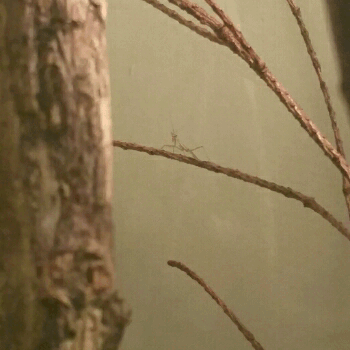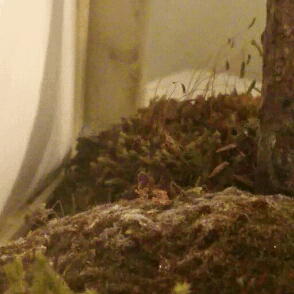Hi! I'm due to get a Tenodera sinensis ootheca very very soon, and I've read that you shouldn't feed new nymphs much in the first couple days since it can stress them out. Since I want to keep mortality to a minimum (I have some non-believers in my midst who think they'll ALL die out! not on my watch!!) is there anything that you can offer that wont stress them out? I figure its the actual presence of the feeder that stresses them. I was thinking about a gutted mealworm (i think the chitin would be too tough? my focus is the goo, however.) honey on a skewer, or a milk-soaked paper towel/sponge. Should I avoid having anything in there to begin with? if so, why? I feel like a lot can go wrong in the first few days from hatching.
A tad unrelated, but I seen people asking about offering raw meat on a string and I've seen it shot down many many times, does anyone know where this myth came from, and why a lot of people seem to know it? ps, i would love to see some mantis myth-busting
A tad unrelated, but I seen people asking about offering raw meat on a string and I've seen it shot down many many times, does anyone know where this myth came from, and why a lot of people seem to know it? ps, i would love to see some mantis myth-busting







